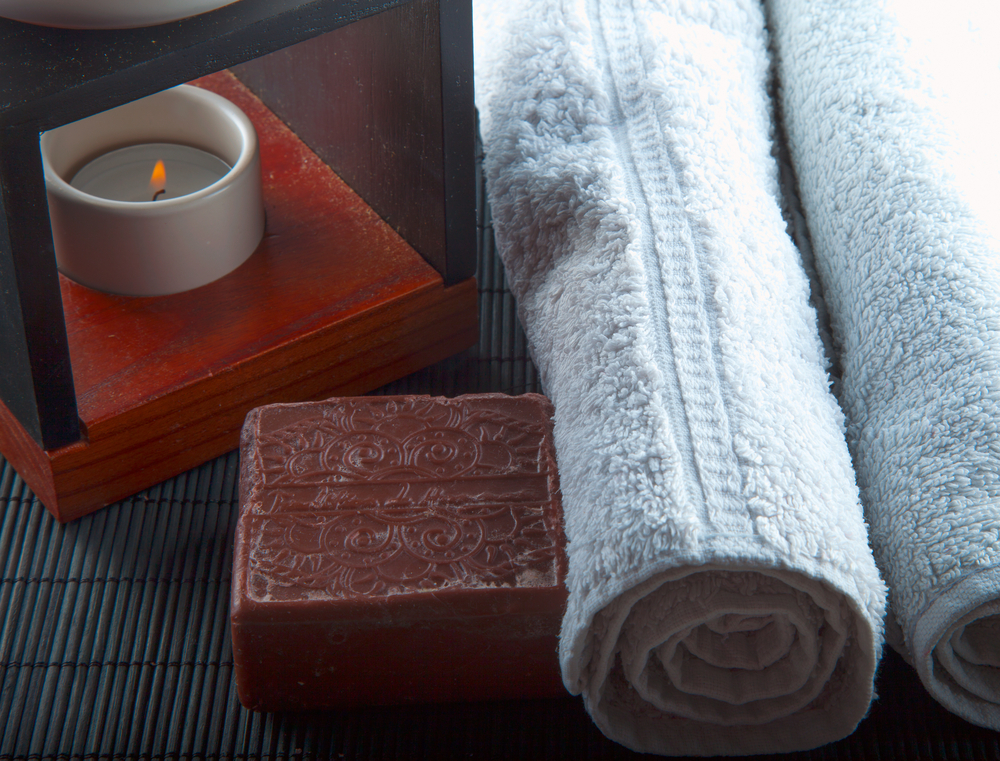
The physical health benefits of a sauna have been praised for hundreds of years but the mental ones are just as impressive.
Better circulation, detoxification, better quality skin, lower blood pressure. These are all things that sauna users can expect to enjoy that their body will thank them for.
Adding meditation into the mix, and you take your sauna treatment to a whole new level, enhancing both your mental and physical wellbeing.
Meditation has risen dramatically in popularity over the past few decades and the steamy heat of a sauna is the perfect place to relax and engage in this age old ritual.

Sauna meditation is one of the most overlooked steam room benefits but is also one of the greatest for those who truly embrace their inner self. A profound body and mind experience awaits you. Read on to find out more.
What are the benefits of meditating inside a sauna#
Maximum relaxation
Sitting in a sauna alone is enough to relax the muscles and ease tension throughout your entire body. When you add meditation into the mix, this relaxation extends from the body into the mind and you can enter an advanced state of calm and focus. This mindset can help you to focus and become more productive in your daily life once you leave your sauna and it is no coincidence that many successful people swear by daily sauna sessions.
Mental detoxification
Detoxification is another major attraction of a sauna. The deep sweat that using a sauna produces can help to remove certain unwanted minerals and toxins from the skin. In a similar vein, meditation can help to remove mental clutter such as unnecessary worries and undue stress. The rejuvenation that people report after leaving a sauna is often described as having a massive weight lifted from their minds and meditation can make the weight that remains even lighter.
Lower Stress Levels
Saunas are widely acknowledged as one of the best tools for de-stressing the mind. Meditation is one of the others. Combine the two and you have a powerful stress relieving tool that will help the level of stress hormones in your body to fall and your mental state to improve tremendously.
Tips for successful sauna meditation
- Reduce the temperature slightly – Slightly lower temperatures are more conducive to effective meditation so consider reducing the temperature slightly if you intend to use it for this purpose.
- Hydrate properly – The high heat of a sauna and the focus of meditation is a combination that can lead to dehydration so make sure to drink plenty of water before and after your session.
- Bring a Towel – Meditation is difficult if you are uncomfortable so make sure to bring a towel or cushion that you can use to support yourself. An upright posture is usually recommended for meditation.
- Get in the zone – Don’t jump right into meditation the instant you enter the sauna. Instead, get yourself into the right headspace over time and take a few minutes to acclimate yourself before you begin.
